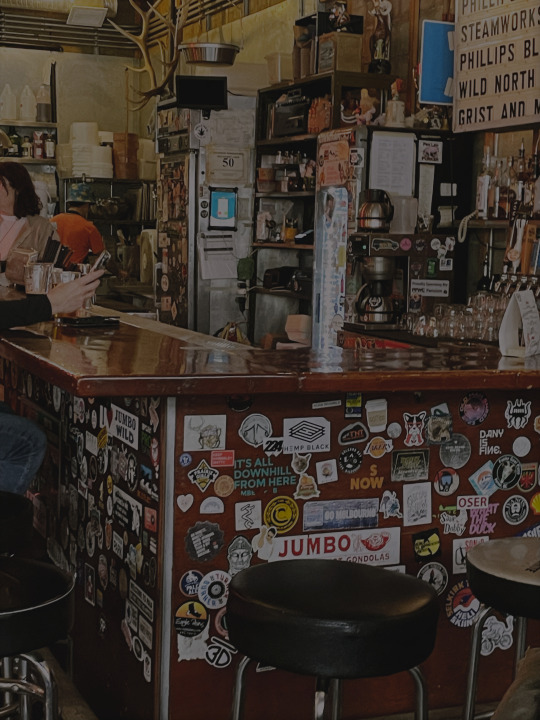#Kimberley
Explore tagged Tumblr posts
Text
Camel Safari, Cable Beach, Broome, Western Australia: Cable Beach’s renowned camel trains make for a striking silhouette against the flame-red sky. Camel rides are available around sunrise and sunset hours...Cable Beach is a 22 km stretch of white sand beach on the eastern Indian Ocean and the name of the surrounding suburb in Broome, Western Australia. Wikipédia
#Camel Safari#broome#Cable Beach#Shire of Broome#kimberley#western australia#oceania#oceania continent
119 notes
·
View notes
Text









KIMBERLEY; meaning from the meadow of the royal fortress
“You are a thousand flowers, you are a meadow full of them—”
requested by anon
138 notes
·
View notes
Text
#alyah chanelle scott#sex lives of college girls#slocg#whitney#amrit kaur#bela malhotra#kimberley#leighton murray#pauline chalamet#renee rapp#gracie lawrence#season 3
53 notes
·
View notes
Text













34 notes
·
View notes
Text

Robert Mapplethorpe in front of his cover for Horses
138 notes
·
View notes
Text


VVUP
#vvup#vvinie#aint nobody#kim hyunhee#hyunny#kimberley fransa salim#kimberley#kim#pan mekmok#paan#lee suyeon#kpop
12 notes
·
View notes
Text

De Beer mine workers are X-rayed at the end of every shift before leaving the diamond mines, Kimberley, South Africa, October 1954.
#rarehistoricalphotos.com#photography#b&w#de beers#mine workers#x ray#x rayed#worker#diamond mine#kimberley#south africa#africa#blm#history#black history#black history month#october#1954#1950s#human rights#health#unknown photographer#fluoroscope#radiologist#x ray machine
10 notes
·
View notes
Text


VVUP
#vvup#vvinie#kim hyunhee#hyunny#kimberley fransa salim#kimberley#kim#pan mekmok#paan#lee suyeon#mnet mcountdown#mcountdown#kpop
11 notes
·
View notes
Text

Cecil Rhodes visiting “Fort Rhodes”, an important position defended by the Kenilworth Defence Force during the siege of Kimberley, South Africa
British vintage postcard
#postal#kimberley#the kenilworth defence force#fort rhodes#historic#ansichtskarte#sepia#vintage#tarjeta#defended#kenilworth#fort#briefkaart#photo#british#cecil#africa#south africa#rhodes#cecil rhodes#position#visiting#postkaart#ephemera#force#postcard#south#postkarte#defence#photography
2 notes
·
View notes
Text

The Pride of Africa
South African Railways 25NC
This is a peak into my imagination. In my mind’s eye, I often picture wheels screaming round and round, crossheads pounding back and forth, and cab rides at high speed. Thoughts of steam fill my mind at all hours of the day, and my dreams at night. These things aren't just machines. They are so much more.
Steam inspires me, but the people who worked it inspire me even more. That's why I've chosen the 25NC. I've read a bunch of stories and watched videos put out by this old South African railway man. He was there until the end of steam in the 1990s. The stories he tells provide a wonderful insight into railway life, and the strong friendships the railway men formed with one another.
Now, about the picture. This was very fun and experimental. I'm not good and conveying motion, so I want to get better at it. I think I did alright with the wheels and rods. At first, I wanted to do the front end (the "business end," some might say), but I decided to take it easy on myself and do the back end. If I had colors at my disposal, I would set the picture during the night, and have the rods barely lit by the orange glow from the firebox. Maybe another time.
#history#industrial#south africa#africa#african#north british#steam locomotive#african pride#steam engine#afrikaans#pretoria#kimberley#my drawings#drawing#artwork#illustration#artists on tumblr#drawings
3 notes
·
View notes
Text

wanted to take a better photo but we were in a rush
7 notes
·
View notes
Text

#alyah chanelle scott#sex lives of college girls#slocg#whitney#amrit kaur#bela malhotra#kimberley#pauline chalamet#mia rodgers#taylor#kaycee#leighton murray#renee rapp#gracie lawrence
42 notes
·
View notes
Text

#outta my mind#web comics#Getting along#kimberley#bianca#michael#peter#beatrice#brittany#bonnie#artists on tumblr
2 notes
·
View notes
Text
The Faith Shop Northern Cape Social Media Graphics Designed By Jasvertising Solutions





Contact us for all your branding and marketing needs! ✨
066 226 3284 / 081 885 5180
www.jasvertising.co.za
#jasvertisingsolutions#digitalmarketingagency#southafrica#branding#marketing#graphicdesign#socialmediamarketing#advertising#Automotive#Northern Cape#Kimberley#Kuruman#Toolshop
2 notes
·
View notes






